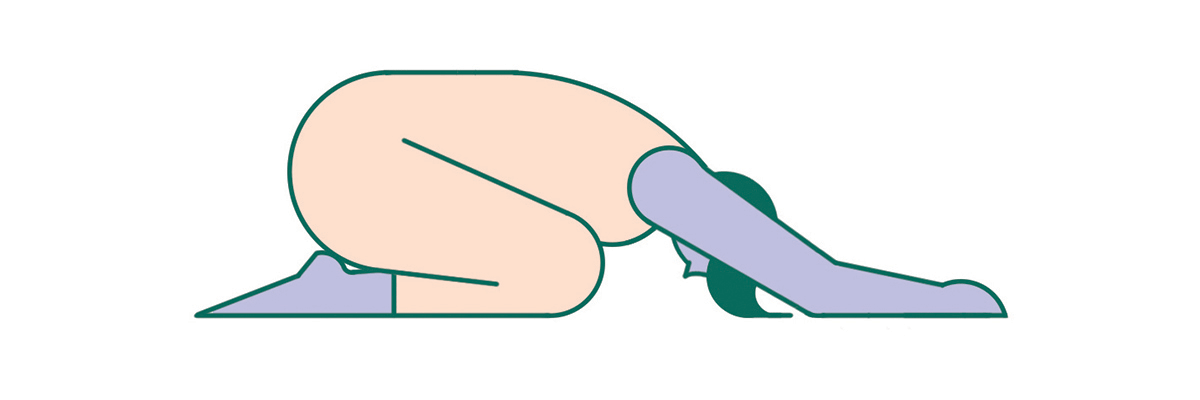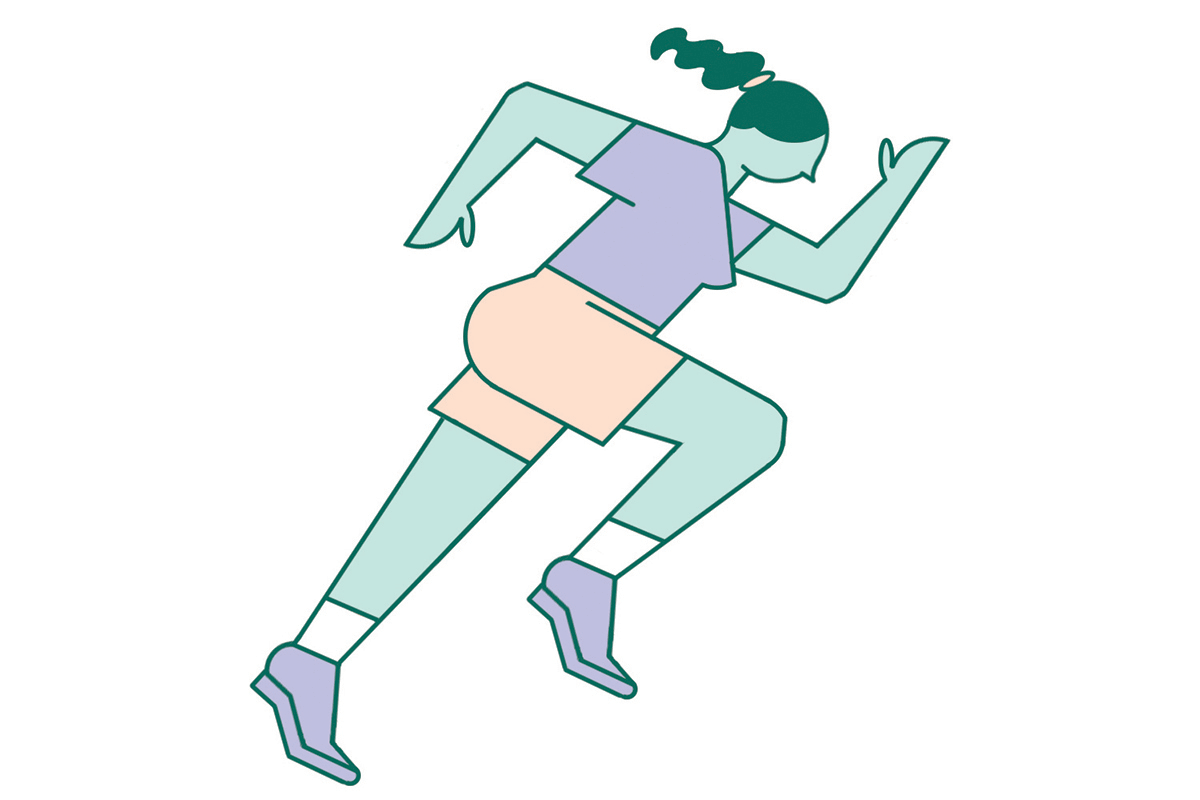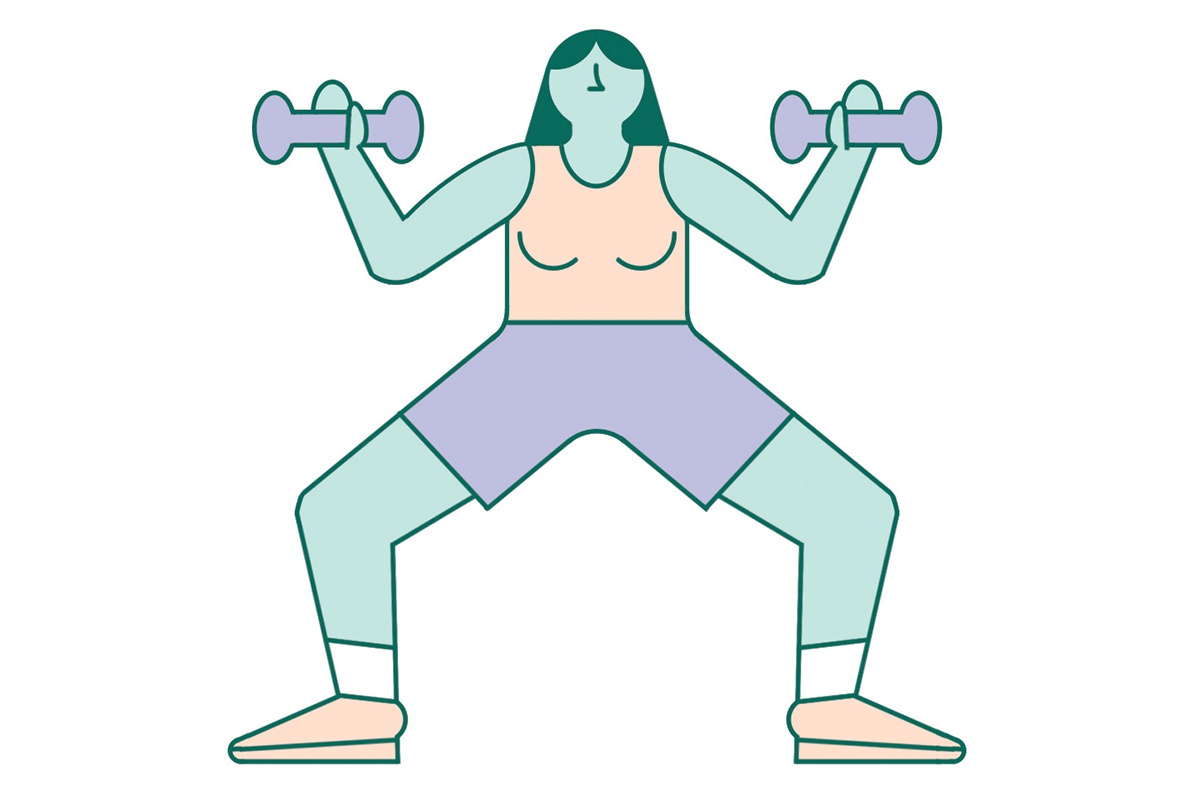No pain, no gain was certified personal trainer Jenn Cinos old fitness mentality. But after working through her own hormonal issues (which caused problems like painful periods, acne, ovarian cysts, hair loss and digestive issues) and those of her clients, she adopted a different tune. Our menstrual cycle really affects our mood, energy and strength, says Cino. It can make us have less energy, which is a signal our body gives us to slow down and be gentle with ourselves, she says. Cino became a certified hormone specialist and founded Fit. Period to help menstruating people listen to their bodies and match their workouts and nutrition to their cycles. The idea is that by cycle-syncing your workouts, you may be able to ease pain, achieve optimal results and feel better.A lot of time, we just talk about having a period, but thats it, says Esther Goldsmith, a sports and exercise physiologist at Orreco, a performance consulting group and data analytics company. There are around 23 other days that no one thinks about. She applies her extensive research on cycling syncing to her work with elite athletes. I work to help them optimize performance and use their natural cycles to their advantage, she says. In fact, that was the strategy behind the U.S. womens national soccer team, which won the 2019 FIFA Womens World Cup. One of the coaches told Good Morning America that they tracked the team members cycles to train accordingly for the game.How does cycle-syncing your workouts work exactly? Its about letting your body and its hormone levels dictate your workouts in each of the four phases of your menstrual cycle. Estrogen levels rise at the beginning of the cycle and peak mid-month at ovulation, just as progesterone levels also begin to climb. (If youre using hormonal contraceptives, however, your hormones will remain at the same level throughout your cycle.) These hormonal ups and downs impact everything from energy levels to the ability to gain muscle, which is why some experts believe tailoring your workout to your cycle can help you get stronger, prevent injury and maybe even achieve a personal best.A 2020 study concluded the best fitness approach is an individualized one, since every person responds differently to exercises throughout their cycle. Although more research needs to be done, cycle syncing could be worth trying. Here are expert tips for tailoring your workout routine to each phase of your cycle (the timing may vary).(Related: Should You Try Seed Cycling to Improve Your Menstrual Cycle?)
Menstruation (Days 1 to 7)
Timing: The period from when the bleeding begins to when it ends. On average, it lasts three to five days.Whats going on: Your progesterone and estrogen levels are at their lowest. Youre also bleeding, so it can be common to have less energy than normal. The decrease in hormones can cause a slightly higher level of baseline inflammation and oxidative stress, says Goldsmith, which is a sign your body is working harder than normal.What exercises to try: This is a time to do more low-impact, low-intensity workouts, says Cino. A 2016 study found intense exercise during menstruation induced inflammation, which makes lighter exercise like restorative yoga, walking or light cardio ideal. Aim for 20 to 30 minutes, and dont feel bad if you cant push yourself, says Cino.(Related: How to Choose the Right Type of Yoga for You)
Follicular Phase (Days 1 to 14)
Timing: Starting on the first day of your period, this phase continues up until ovulation.Whats going on: Your energy levels start to rise thanks to estrogen signalling to your brain its time to release an egg. Its linked with an increased release of dopamine and serotonin, which are linked to an increased mood, says Goldsmith.What exercises to try: With lower stress levels and increased energy, Cino says this is a time when you can handle more high-intensity workouts, like HIIT, running and strength training. A 2014 study found an increase in muscle strength during the follicular versus the luteal phase, meaning this could be a great time to challenge yourself with heavier weights. I dont recommend anything more than 75 minutes, she says, and if youre doing more high-intensity workouts, then 30 to 45 minutes is that sweet spot.(Related: 5 Quick HIIT Workouts for Beginners)
Ovulation (Day 14)
Timing: This is about halfway through your cycle, when your body releases an egg from one of your ovaries.Whats going on: Your estrogen levels have peaked, and theres a spike in testosterone. You will still have a high level of energy carried over from the follicular phase, but around ovulation, you may be more prone to injury. Women are three or four times as likely to have an ACL [anterior cruciate ligament] injury when theyre ovulating or close to ovulating, says Cino. Protecting your knees is really important.What exercises to try: With your energy level still high, you can continue with the exercises outlined in the follicular phase, although Cino suggests skipping plyometric moves, like jump squats, to protect your joints. And this is not the time to skip a warm-up. Be proactive in your warm-up and cool-down to minimize the effect of injury, recommends Goldsmith. Also, for women who are concerned about exercise and ovulation, there is no current evidence to support the idea that you should stop doing moderate exercise or that it impacts fertility.(Related: 9 Benefits of Stretching That Will Convince You to Do It Daily)
Luteal Phase (Days 15 to 28)
Timing: The phrase from ovulation until the start of your next period.Whats going on: During this phase, progesterone peaks and your core body temperature increases between 0.3 and 0.5 C, explains Goldsmith. One study found that an increase in body temperature during this phase can have a negative effect on performance during prolonged exercise, particularly when conditions are hot and humid.What exercises to try: This is the time to do strength training, says Cino, adding that using your body weight or doing Pilates are great options. Depending on your current fitness level, working up to 45 minutes to an hour is ideal. As you get closer to your period, yoga has been shown to help with premenstrual symptoms.Next: 10 Reasons You Should Always Exercise with Music
The post The Benefits of Adjusting Your Workouts to Your Cycle appeared first on Best Health Magazine Canada.


0 Commentaires